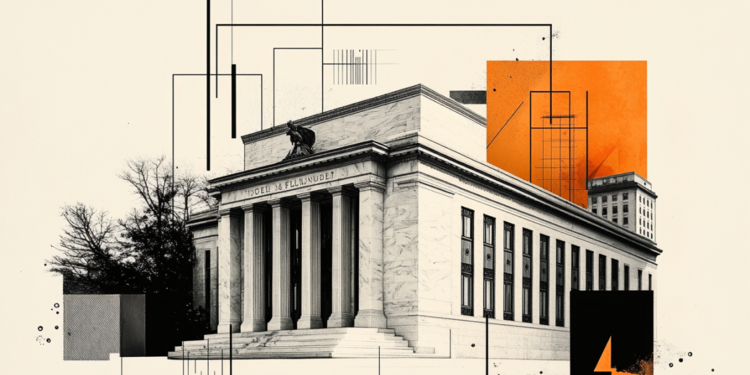On what was already a turbulent Friday for the financial markets, Austan Goolsbee, President of the Federal Reserve Bank of Chicago, shared some unsettling insights. He pointed out that mixed signals from U.S. government policies inject a significant degree of economic uncertainty. This, in turn, complicates the Federal Reserve’s task of predicting the economic path, especially when it comes to inflation.
### Key Highlights
Goolsbee first acknowledged, “This was a solid jobs report,” setting the tone for his mixed assessment. He then flagged tariffs as a source of added volatility and noted the real risk that escalating trade wars could disrupt supply chains. Despite these concerns, he expressed optimism, hoping that recent developments indicate tariffs might not severely obstruct trade.
Goolsbee expressed confidence in the current economic trajectory, mentioning that consumer surveys showing a rise in short-term inflation expectations don’t weigh heavily on his decision-making. He remarked that wage growth aligns with a 2% inflation rate target, and indicated that long-term market-based inflation expectations suggest a belief that the Fed will achieve its goal.
He further commented that a one-time tariff acts as a transitory shock, although retaliation could muddy the waters. He suggested that the current neutral rate is considerably lower than where it is today.
“The Fed is on hold right now,” he mentioned, but anticipated that within the next 12-18 months, the policy rate would settle at a much lower point. However, he cautioned that the process of rate reduction will be gradual, with a lot of uncertainty involved. Emphasizing the need for a calculated approach, he stated, “We need to get to the settling rate on a judicious timetable.”
Goolsbee clarified that longer-term interest rate movements are not the Fed’s primary concern, considering them more within the scope of the Treasury. He suggested that achieving a neutral policy rate would likely extend beyond the end of 2025, but projected confidence towards hitting the 2% inflation target.
Finally, he dismissed the notion of the Federal Reserve playing any role in a potential sovereign wealth fund, closing with, “I don’t think the Fed would play a role in any sovereign wealth fund.”



















